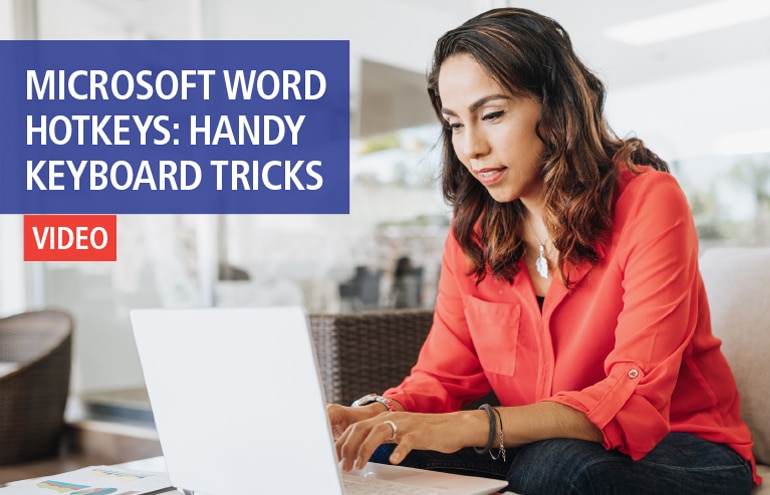The e-book Paperless, self-published by attorney David Sparks (aka @MacSparky), has won an Apple iBookstore “Best of 2012” award. Okay, so it’s 2014, and I’m a bit late to the parade. But seriously, better late than never: This is one you shouldn’t miss. Sparks, a self-proclaimed “Mac zealot,” wrote Paperless primarily for Mac users, so just about anyone with a Mac can use the methods he describes. But the book’s big-picture paperless concepts and workflows are applicable for PC users too — and lawyers would be especially well-served by implementing his ideas.
Top Five Reasons You Must Read Paperless
If you need some convincing, here are five reasons you should invest in and read Sparks’ excellent book.
1. You own an iPad. This book was designed using Apple’s free authoring software, iBooks Author, for viewing on an iPad (and it’s available in Apple’s iBookstore).The beauty of the minimalist layout, with crisp, steampunk-esque graphics, is reason enough to download it. Sparks touts the 38 screenshots included, and the one-and-a-half hours of accompanying video via screencast (which I assure you are worth every minute of your time). What’s more, you can mark up the book with a number of annotation tools. And, while the iPad’s landscape mode provides optimal viewing, you can simplify the view with portrait mode, which removes clip art and places thumbnail screenshots and screencasts in the left-hand column. If you don’t own an iPad there’s a PDF version, but you lose much of the flow and interactivity central to the book. Plus, the digital format allows for downloadable updates. (I read version 1.3, the latest update from May 2013. For more on his publishing process, listen to this episode of Sparks’ podcast, Mac Power Users.)
2. Your office is overwhelmed with “stuff.” Really, it is time to get rid of the paper and drop those exorbitant fees you are paying to store physical client files. Paperless begins with a summary of a simple workflow and an overview of how to create a paperless filing system — how to capture physical and digital data, create a system to store and organize that data, and access and use the data with a Mac, iPad and iPhone. Where software or hardware is required, the book describes multiple options and gives candid reviews of each one. Sparks swears by the Fujitsu ScanSnap, for example, and owns one for home and another for his office. Along with concise yet comprehensive explanations of what’s needed to accomplish the scanning process‚ there are step-by-step screenshots and screencasts on how to use the software and hardware to capture data.
3. You want to be able to find an electronic document without calling an IT specialist. “Bad Name + Bad Storage = Lost Forever.” That’s one of Sparks’ simple equations for electronic document storage. When describing the process for naming and storing documents, his advice includes using consistent naming conventions, a hierarchical nested folder system and tags to organize files. He also explains native shortcuts and third-party apps that can help you automate this process — which are demonstrated in detail via screenshots and screencasts. The Sparks mantra: If you spend the time creating and organizing your data, then you shouldn’t have trouble finding it.
4. You want to spend less time on administrative tasks and more time billing. To help you create an efficient paperless workflow, Sparks inserts tips and tricks into descriptions of each of his processes. For example, he introduces Mac’s Automator assistant program to create a shortcut for saving to PDF. Even novices can use Automator if they follow along with Sparks’ screencasts. I’d never used Automator before and was utterly blown away by its potential to create efficiencies in my workflow. And after completing Chapter 3, I created my first few Automator actions in a matter of minutes.
Sparks also covers a few favorite third-party automation programs, including Hazel and TextExpander. These programs reduce the number of steps required for certain actions, thus minimizing the time required to capture and organize data. For example, TextExpander can be used to quickly name files, while Hazel can move files automatically to the appropriate folders. That means less administrative work and more time billing! Throughout, Sparks makes sure the concepts he’s introducing are transparent to the reader, by, for example, displaying the keyboard shortcuts that he uses via screencast.
5. You want to bring your practice into the 21st century. Most would agree that paperless is the way of the future. But with swift technological advances, filing must be handled in a way that ensures the documents created today will be accessible years into the future — a concept Sparks calls “future proofing.” He says, “You want to create documents your grandchildren can open on their 42nd-generation iPad.”
Any discussion of paperless, of course, would not be complete without mention of the cloud, and Sparks has advice on how to use it securely. If you use mobile devices in meetings and in the courtroom (or want to), Sparks also describes how to access, modify and share digital documents, including annotation and signing functionality. And there is much more to this fantastic book, but you’ll have to get your own virtual copy of it to learn the processes, tips and tricks yourself!
Heidi S. Alexander is a Law Practice Management Advisor at the Massachusetts Law Office Management Assistance Program (MassLOMAP), where she advises lawyers on practice management matters and in implementing new law office technologies. A lawyer, Heidi co-hosts the Legal Toolkit podcast and writes for the MassLOMAP blog and the ABA’s Law Technology Today. Follow her on Twitter @heidialexander.
Sponsored Links
»Top cloud-based practice management software: Free 30-day trial!
»Manage my legal practice from anywhere on any device—HoudiniEsq.
»Learn more about the easiest way to get paid.
»Manage your practice with ease, for one small fee.
»Work from anywhere. Intuitive legal practice management software. Free trial.
»See who’s speaking at Lawyernomics 2014. April 23-25, Las Vegas.
Illustration ©iStockPhoto.com

















